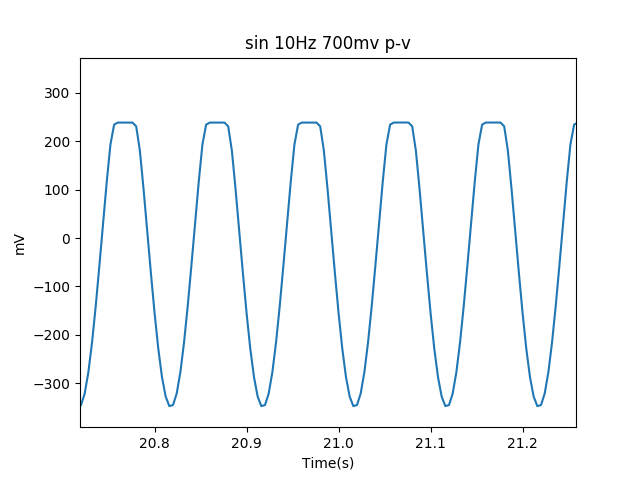Hi,
I set VREFN to the ground and connect to AVSS, and I measure the VREFP as 2.4V.
At meantime, I set PGA as 6.
I think the full-scale voltage is supposed to be +-400mV.
But when I feed a 10Hz 700mV p-v sin waveform it saturated about 240mV at positive end.



